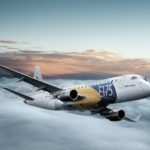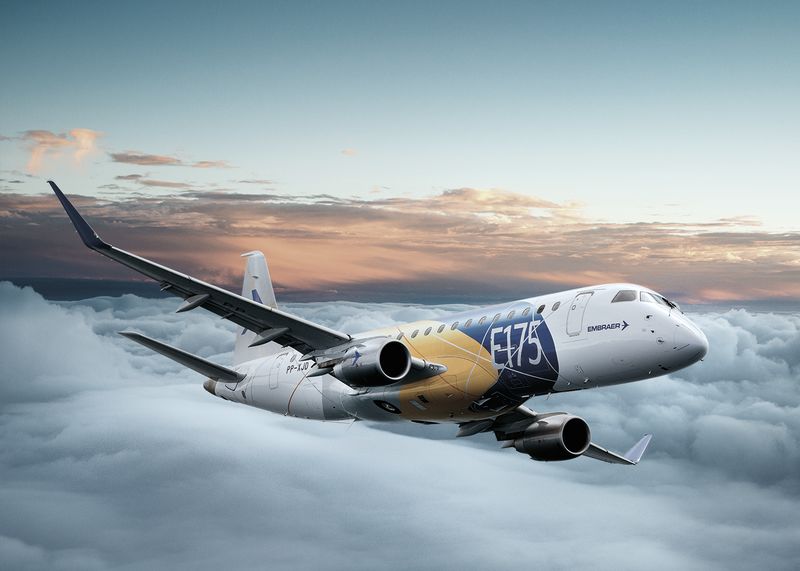 Why do planes have two pilots? This is the audio from an American Eagle flight a few days ago when the pilot collapsed at the controls shortly after takeoff and later died.
Why do planes have two pilots? This is the audio from an American Eagle flight a few days ago when the pilot collapsed at the controls shortly after takeoff and later died.
The audio can be heard on this Twitter link: https://twitter.com/RossFeinstein/status/1595167876251459585
The conversation between the flight deck and air traffic control is cool and professional throughout, as the first officer (the co-pilot) takes over the flight controls in the standard manner and turns the plane back for a safe landing. As the person who posted the Twitter content commented: “This is the reason commercial jetliners have at a minimum two pilots.”
That’s very true – and yet, amazingly, some airlines would like to have just one pilot in the cockpit, largely to save money. How would passengers feel about that?
The latest pilot incapacity happened about a week ago at Chicago O’Hare International Airport when an Envoy Air pilot passed out at the controls and was later pronounced dead.
Envoy Air Flight 3556, an Embraer E175 aircraft, was scheduled to fly to Columbus, Ohio. The flight was operated by American Eagle, which – like Envoy Air – is part of American Airlines.
“Despite heroic efforts to revive him, Captain in training, Patrick Ford, passed away,” Envoy Air’s vice president of flight operations, Ric Wilson, said in a message to fellow pilots. “We are deeply saddened by this loss.”
Ford is suspected to have suffered a heart attack. The Federal Aviation Administration (FAA) is investigating. The plane was reported to be carrying 57 passengers and crew.
Pilots rarely die in flight – but it happens. In 2017, William “Mike” Grubbs, a 58-year-old Dallas-based pilot, died while preparing to land American Airlines flight 1353 at Albuquerque, New Mexico from Dallas-Forth Worth. The co-pilot took over and landed safely.
The FAA said at the time that at least seven commercial pilots had died during flights in the previous 23 years. That would be just in the US or on US-registered carriers.
MEANWHILE, believe it or not, more airlines are asking the International Civil Aviation Organization (ICAO) to amend aviation standards to allow just one pilot to operate flights in commercial aviation.
Airlines in more than 40 countries, including Britain and Germany, are pressing for single-pilot commercial flights to be permitted, Simple Flying has reported. Solo pilots would save the airlines a lot of money in staff costs.
In moves that will alarm many passengers, a working paper filed with the European Union Aviation Safety Agency (EASA), notes: “One of the driving factors for the industry to propose taking advantage of the introduction of these new concepts of operations [commercial airlines flying with just one pilot] is a foreseen reduction in operating costs.”
As well as being cheaper, single-pilot operations are viewed as a way of addressing the current shortage of qualified pilots.
Someone who knows a lot about the subject is Richard de Crespigny, captain of Qantas flight QF32, the Airbus A380 which in 2010 experienced an uncontained engine explosion shortly after takeoff from Singapore.
Asked in a recent interview if he could have managed that crisis without a co-pilot, de Crespigny replied: “No way, no way. Aircraft are designed to be flown by two fully competent trained pilots. And the system fails if you don’t have two pilots in the seats.”
The Airline Pilots’ Association (ALPA), the main body representing pilots in the US, has examined the subject and concluded: “The risks associated with reduced-crew and single-pilot operations are well documented. Most prominently, these risks stem from the increased workload for the remaining pilot, the elimination of a critical layer of monitoring and operating redundancy in the cockpit, and the inability of a single pilot to handle many emergency situations.”
So there. Few passengers would argue with that and most would prefer two pilots in the front of the aircraft. The ALPA report can be read here.
Written by Peter Needham
















